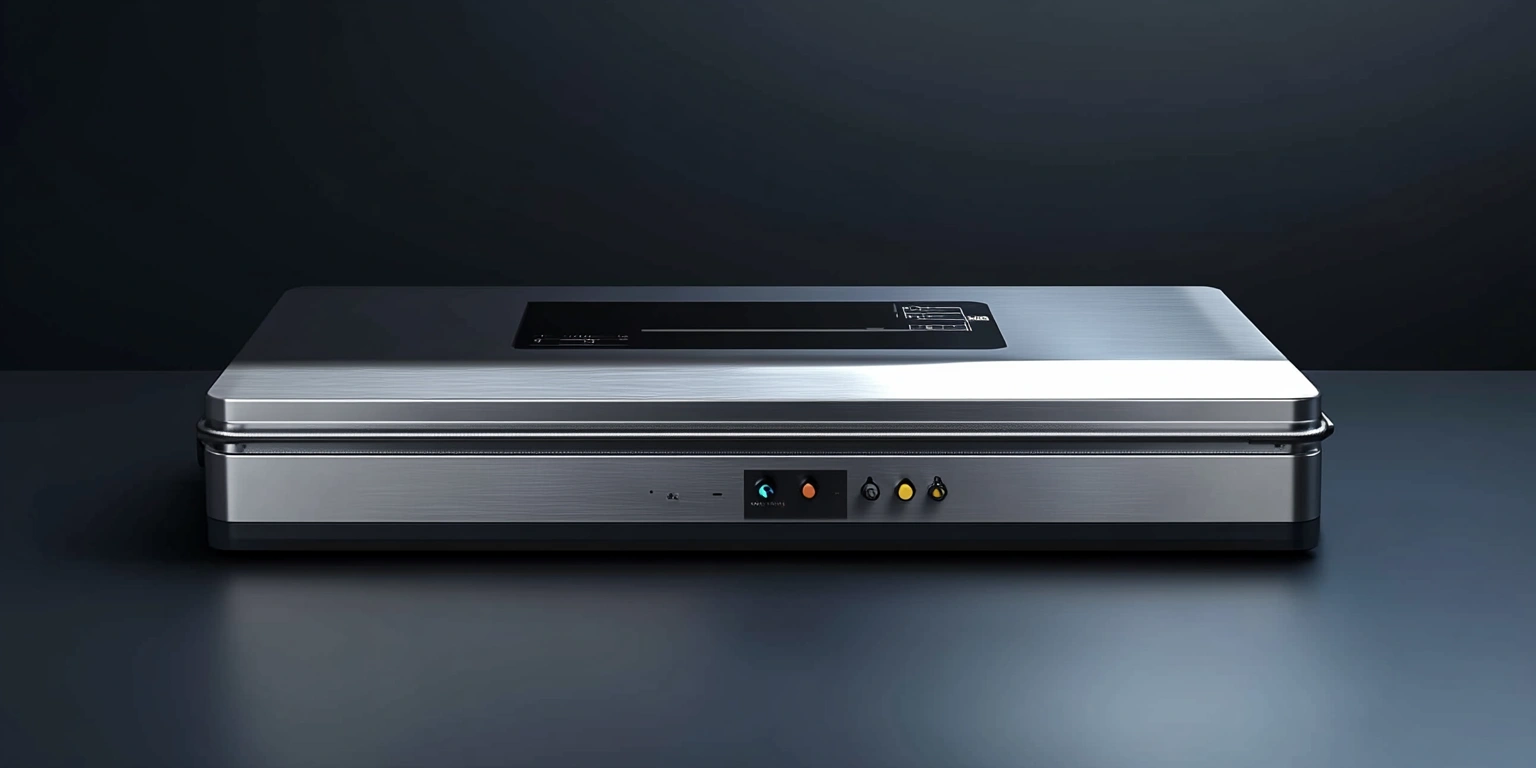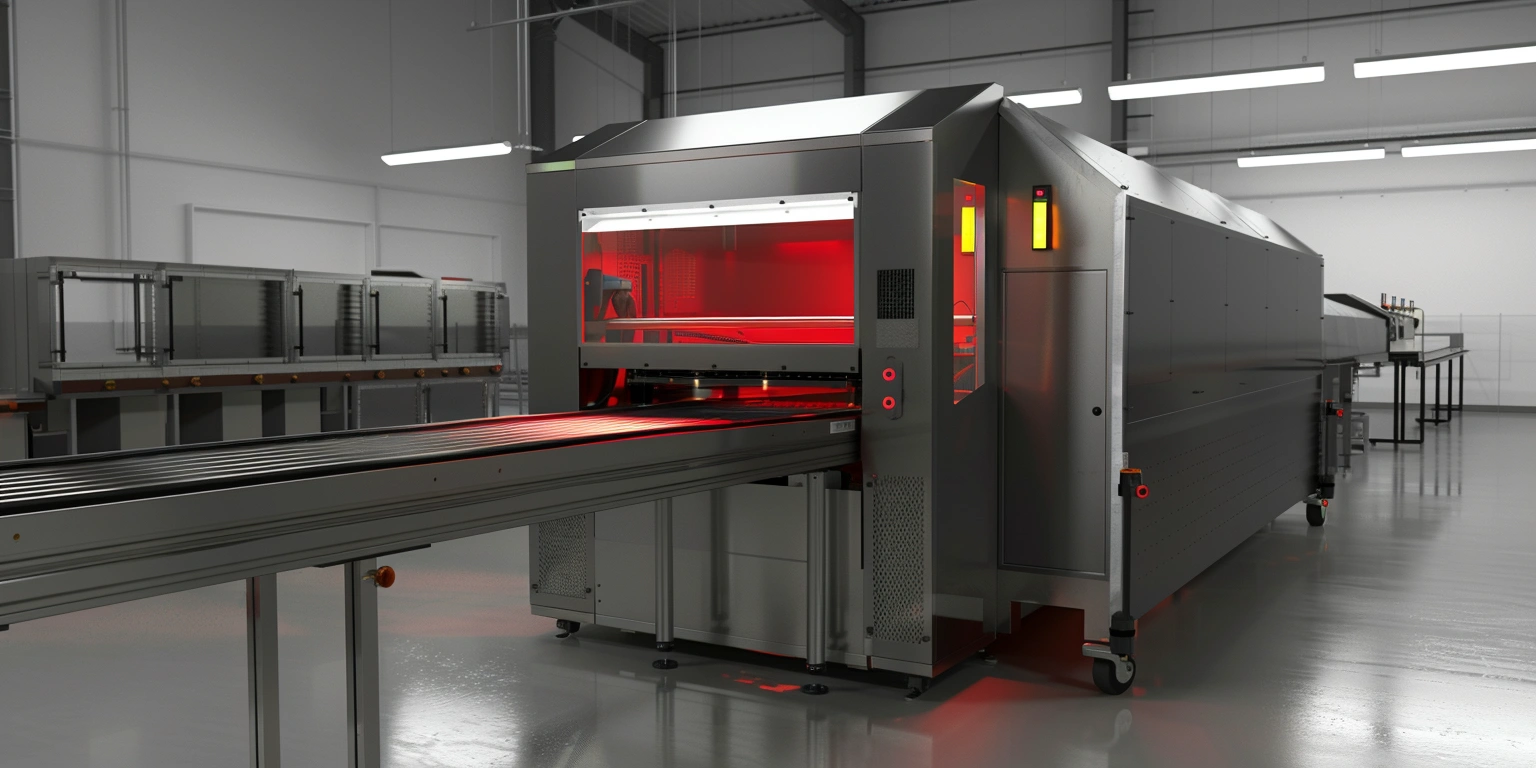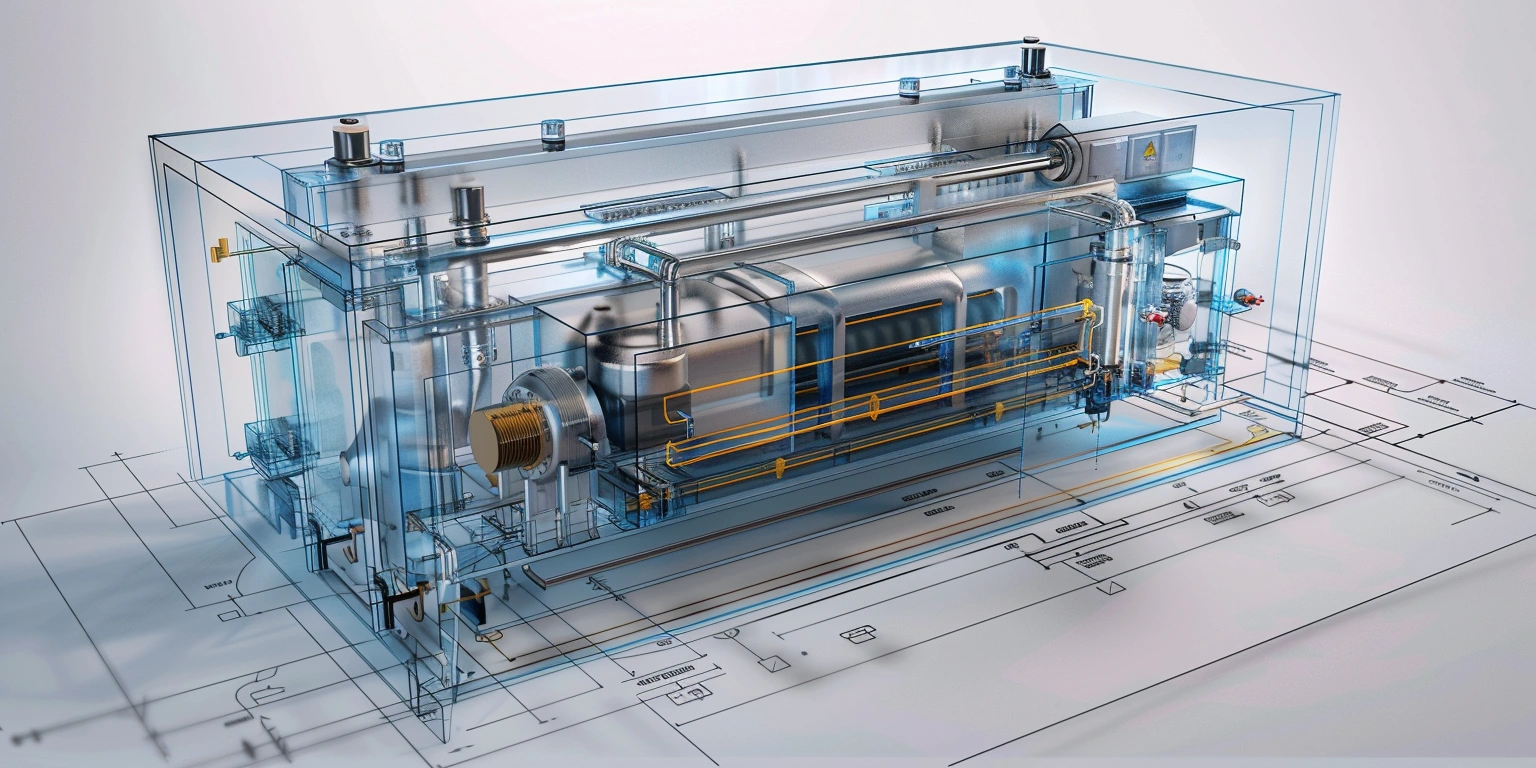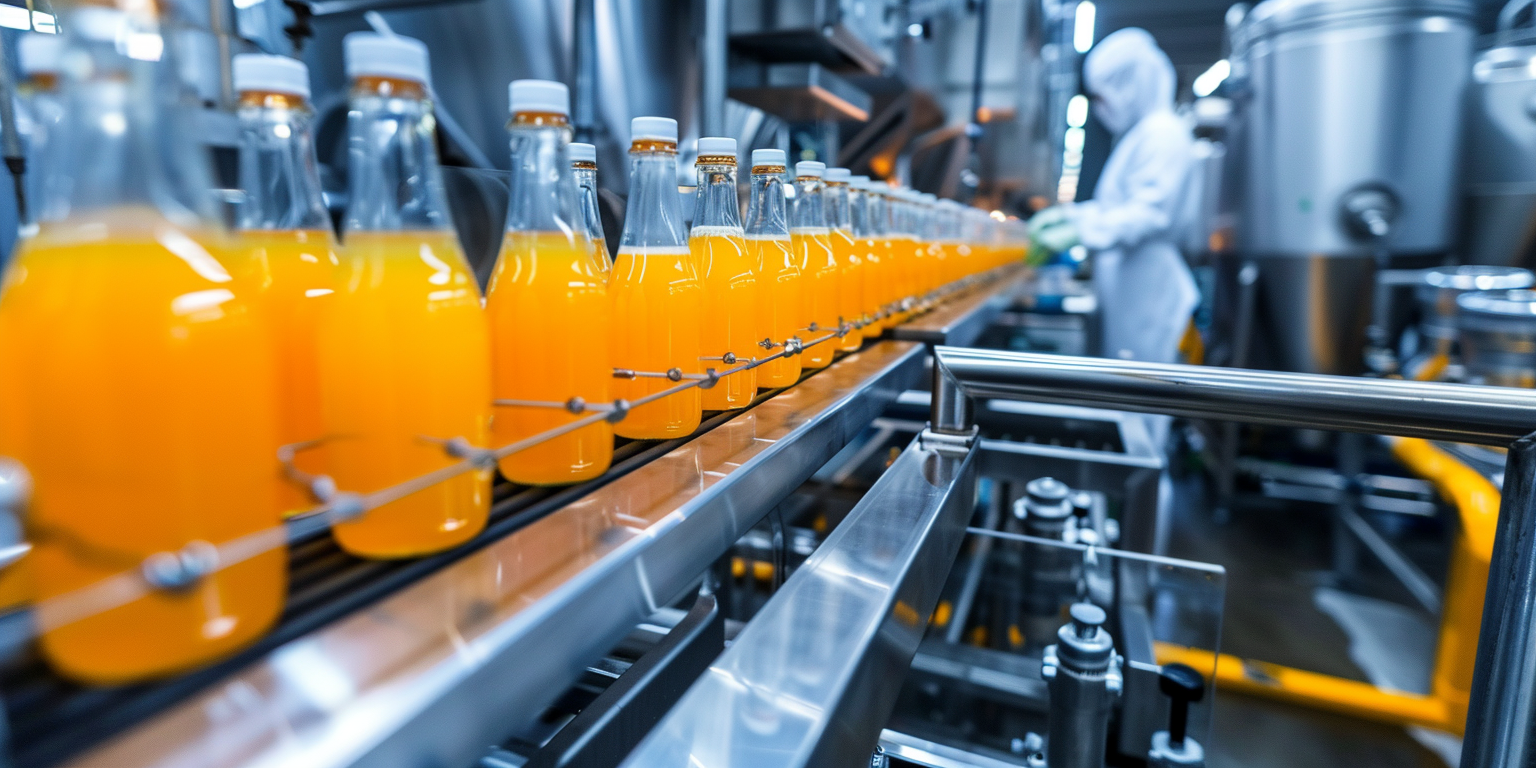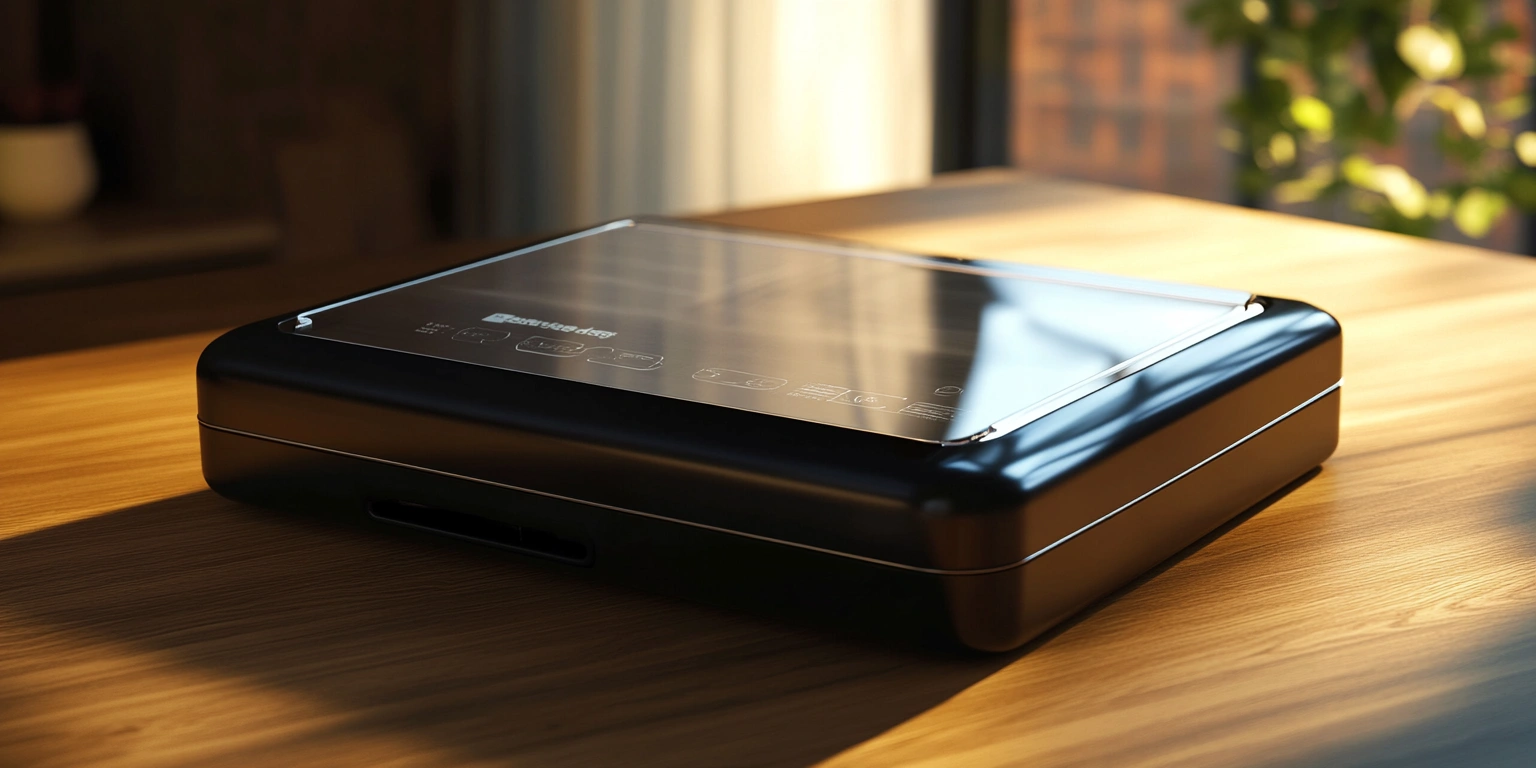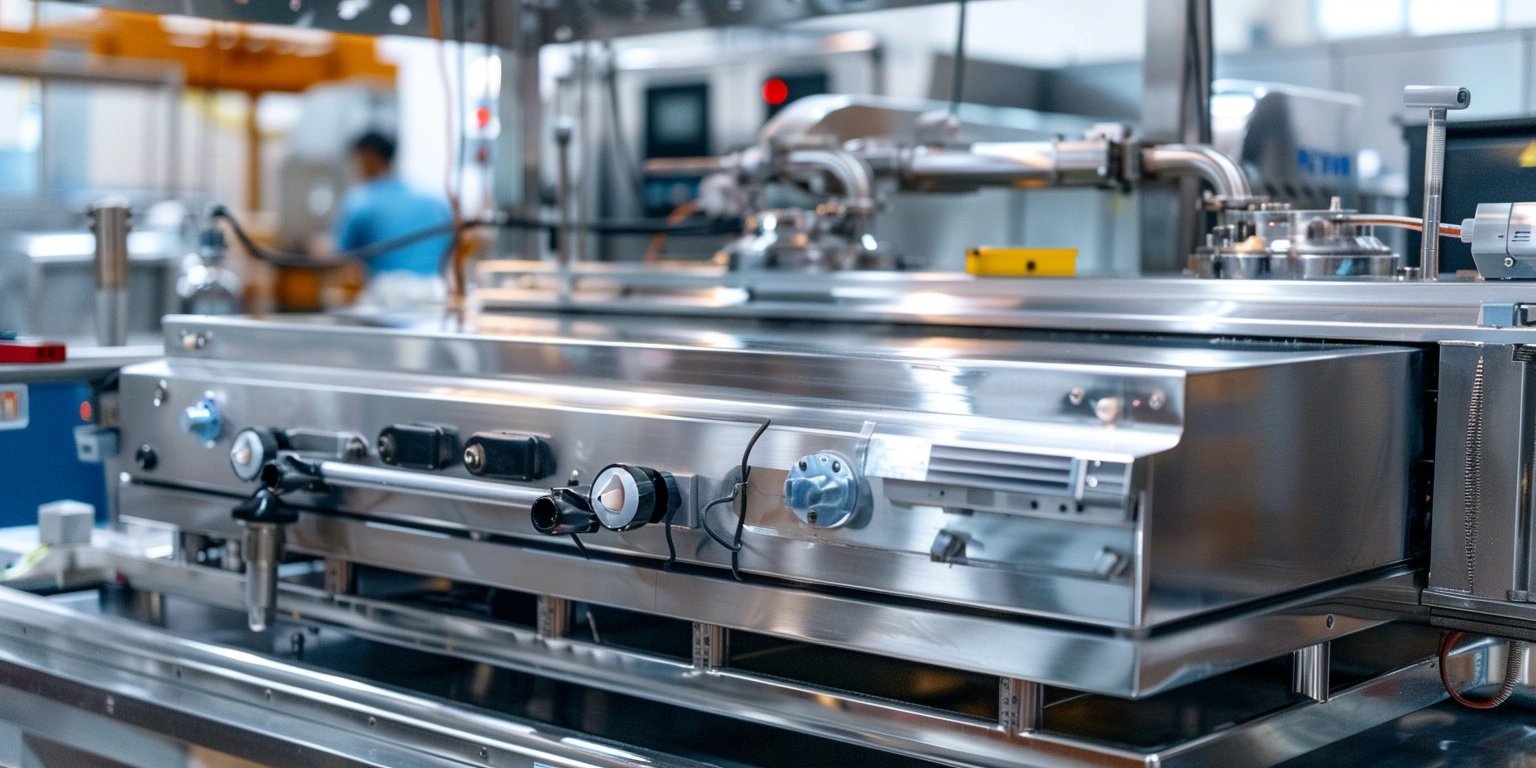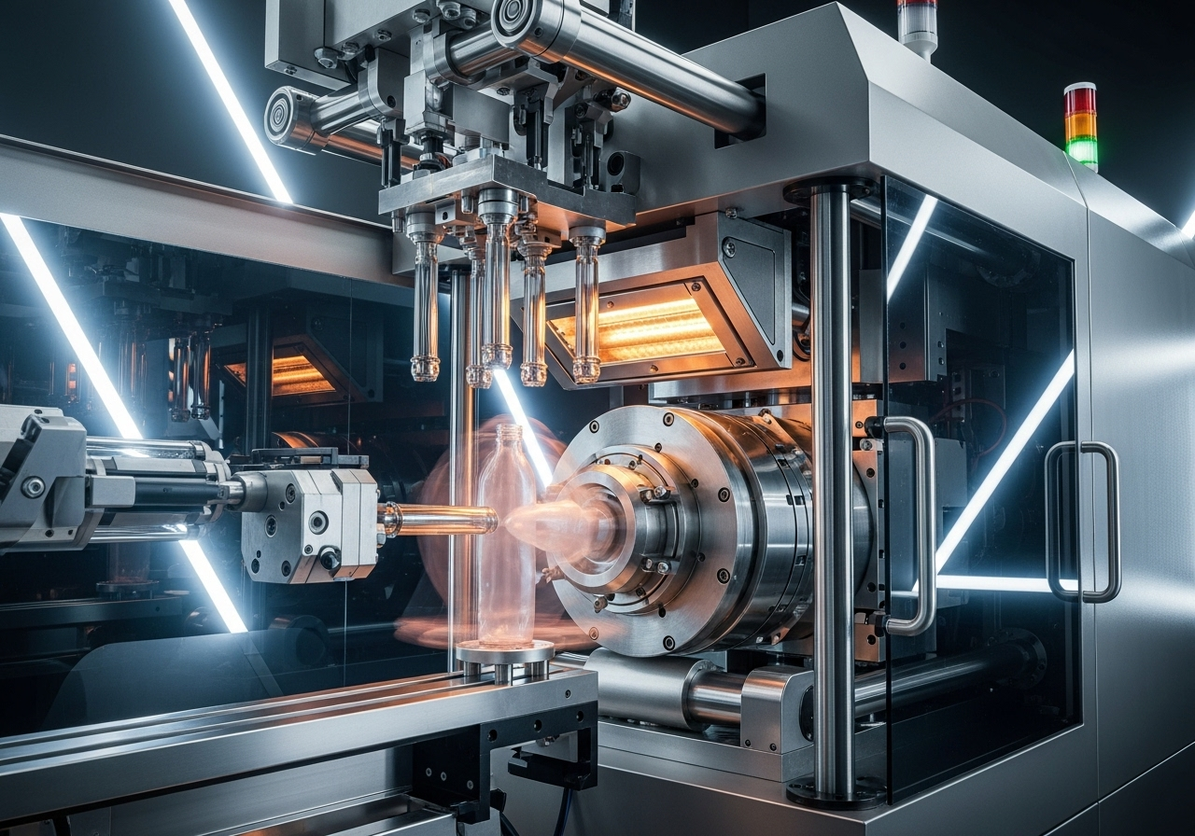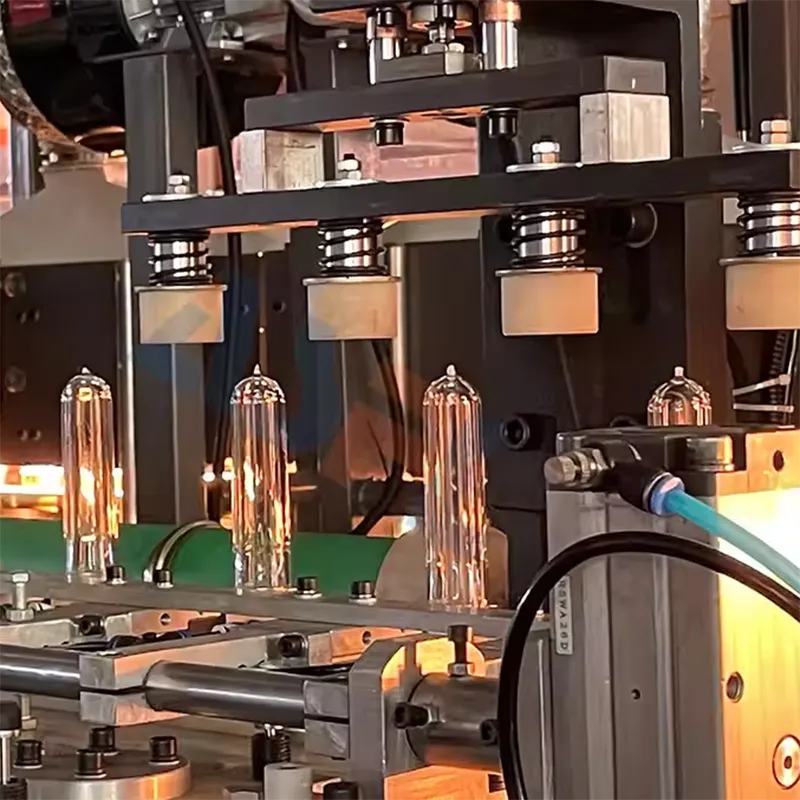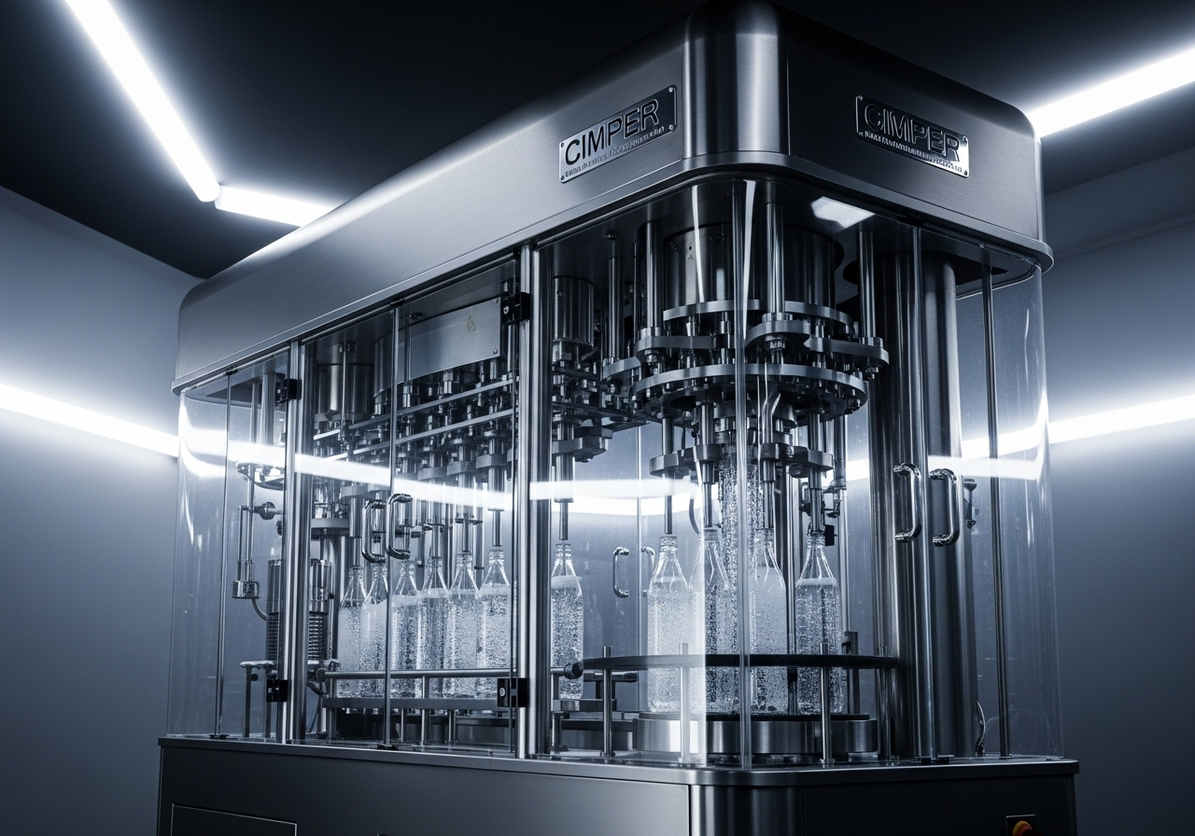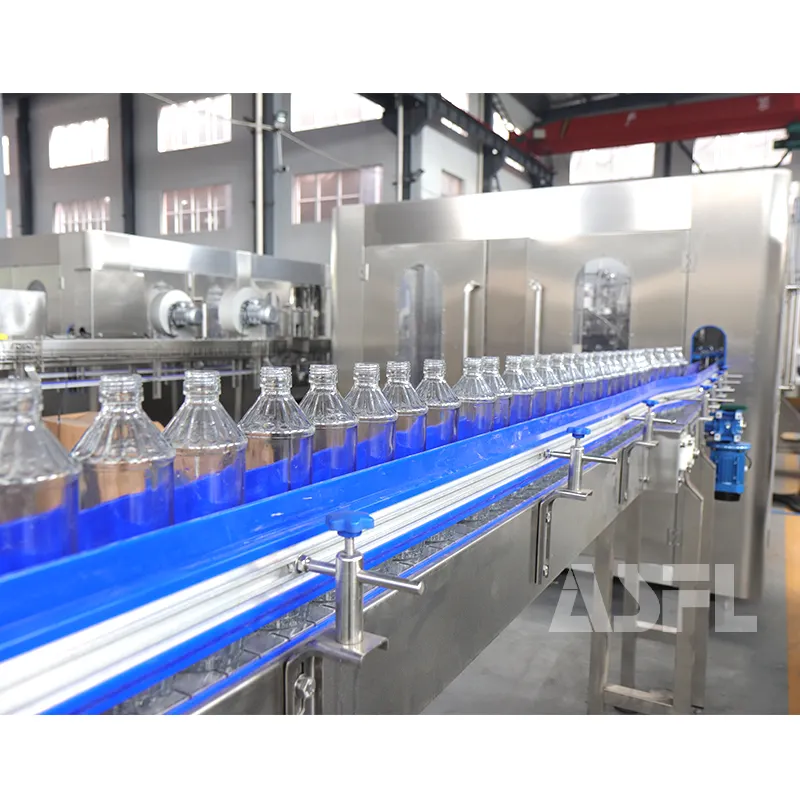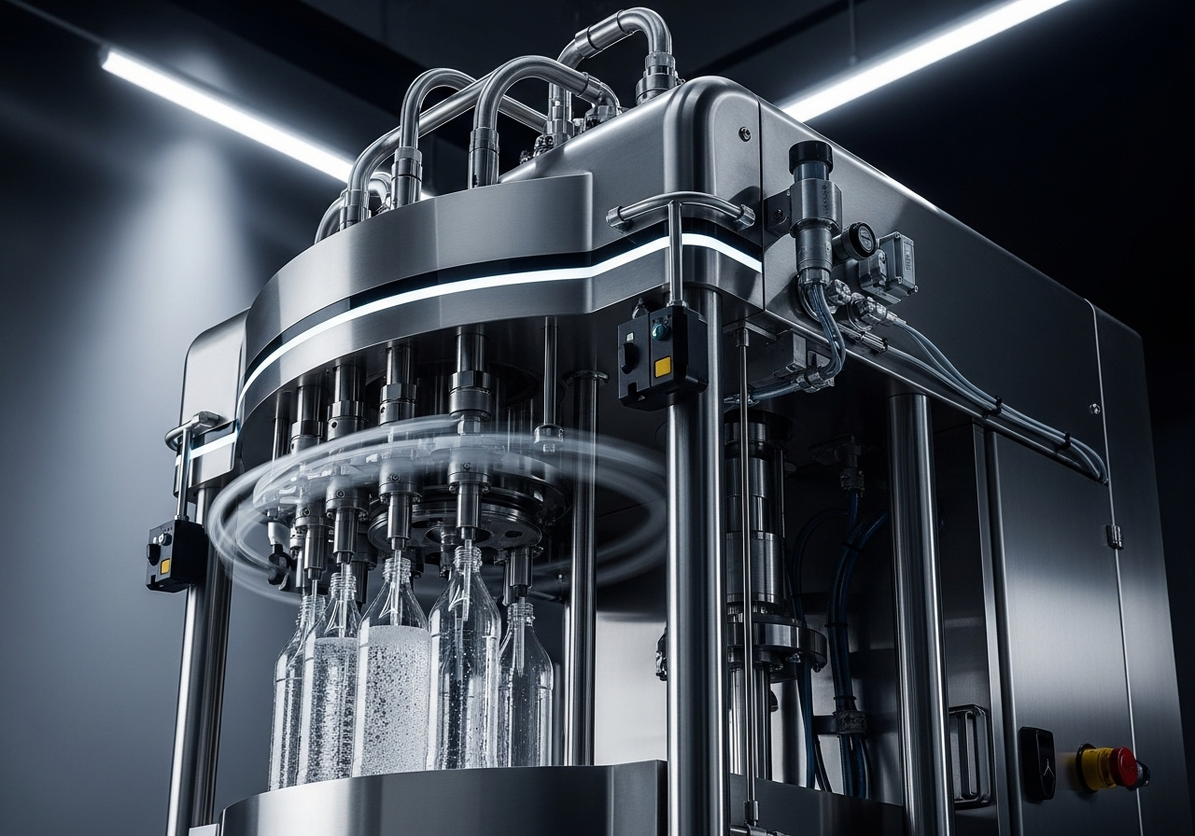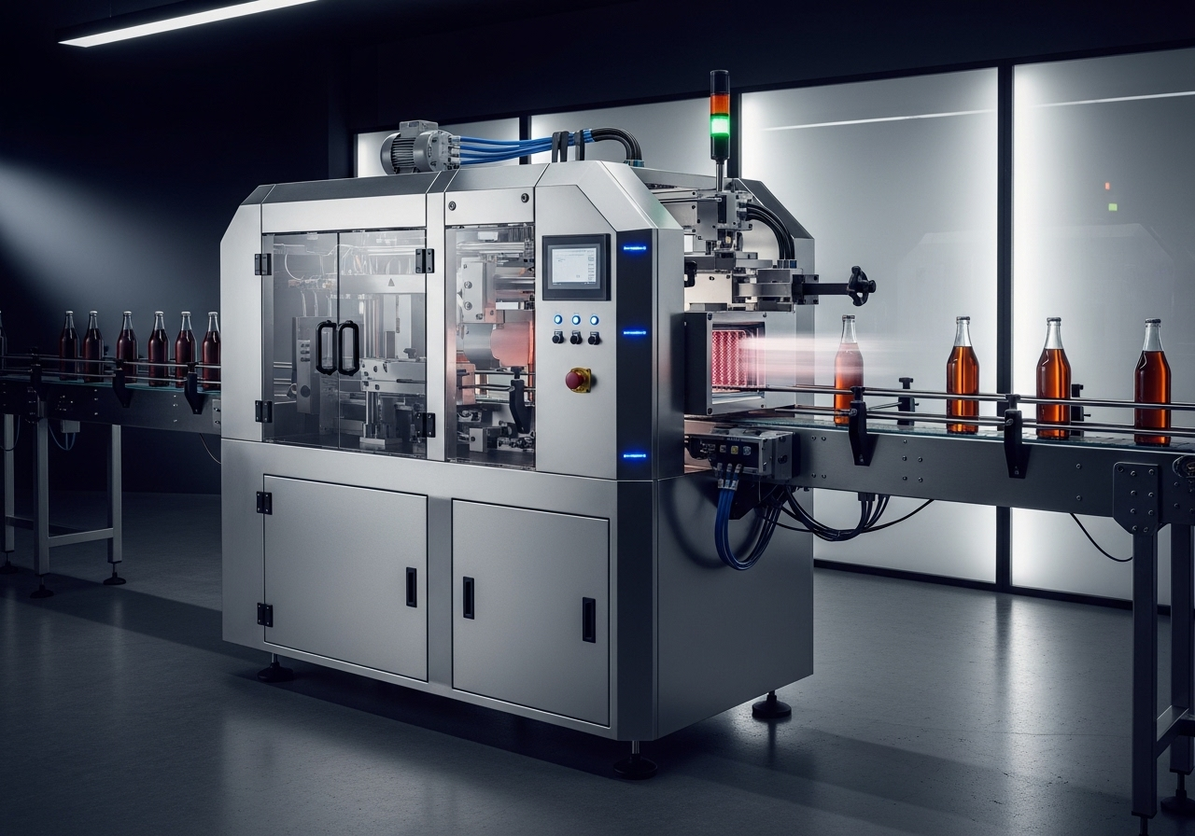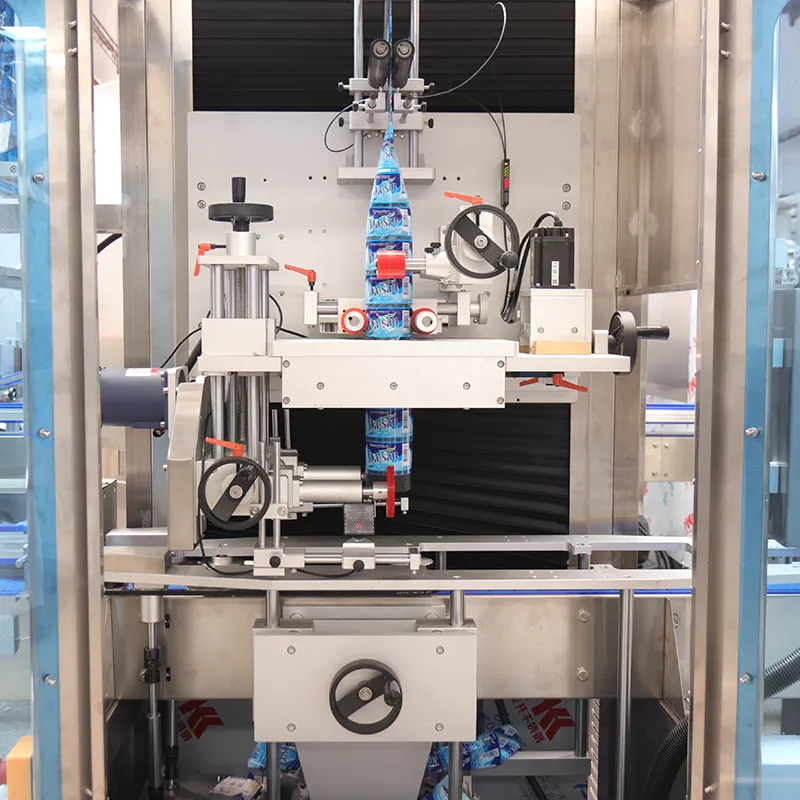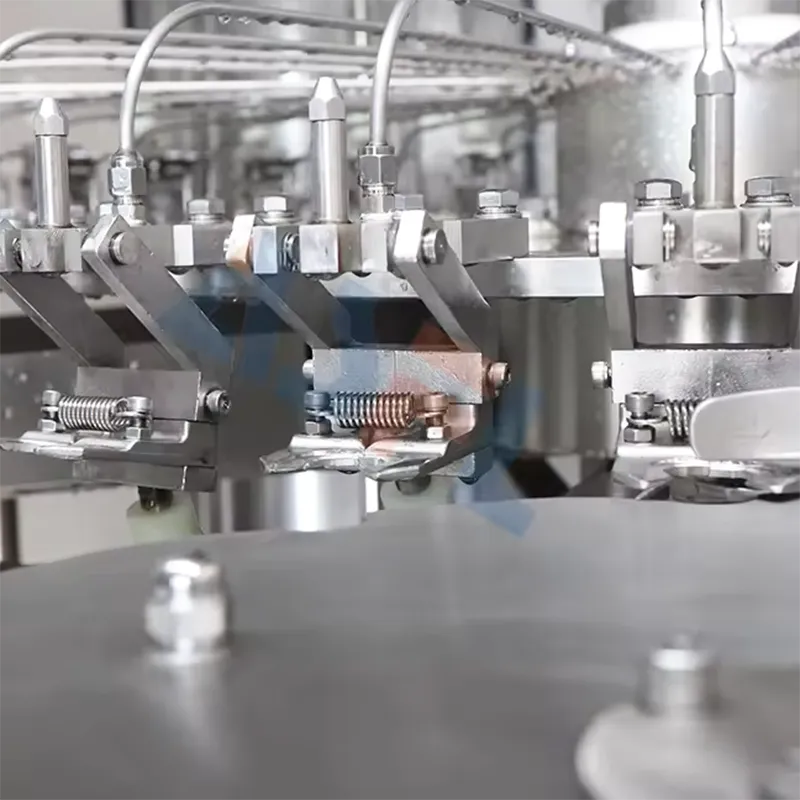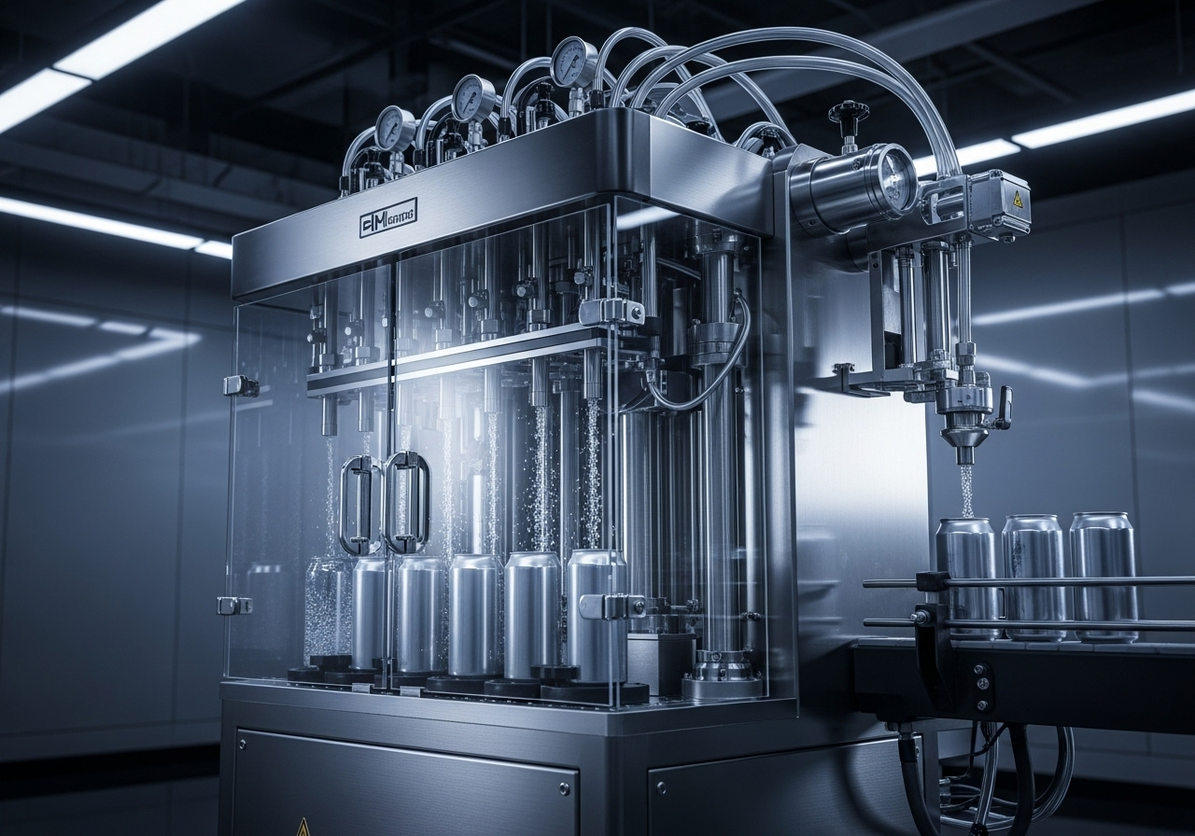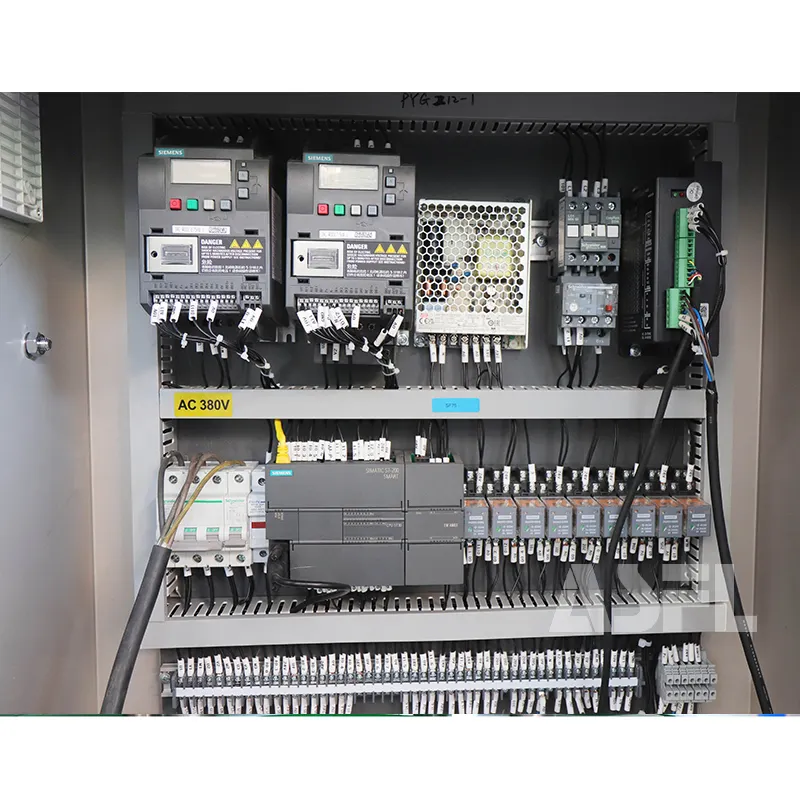I've walked through more than fifty packaging facilities over the past three years, and I still hear the same frustration: the vacuum sealer is supposed to be the easy part. It rarely is. Based on insights from ASFL teams working across global lines, the patterns are consistent—most headaches aren’t about headline speed; they’re about repeatable seals, changeover discipline, and calm, predictable behavior under real production pressures.
In 2025, vacuum sealing isn’t just about a shiny chamber and a big pump. It’s about a system that plays nicely with upstream bagging and downstream checkweighers, lives inside your OEE reality, and forgives the occasional sloppy bag placement at 2 AM. Faster equipment doesn’t automatically deliver more cases; a stable process does.
If your line is stuck between sporadic leaks, inconsistent vacuum levels, and operators who don’t trust the HMI recipes, this playbook is for you. I’ll keep it practical, admit the trade-offs, and show where wins actually come from.
The Question You Should Ask First?
The first question isn’t about pump size or seal bar length. It’s this: where are we losing time and consistency? In most audits, 20–30% of the loss comes from micro-stops and rework after leak checks, not raw cycle speed. When bags vary in thickness by 10–15% or moisture swings across shifts, you see vacuum variance and dwell drift. Before you ask how much does a vacuum sealer cost, map the losses: rebags, retests, and the quiet minute-by-minute stalls that never make the report.
I’m often asked, “what is the best foodsaver vacuum sealer?” Fair question, but it points at the wrong target for plants. Consumer-grade sealers optimize convenience, not throughput, traceability, or unattended operation. Industrial lines need predictable vacuum levels, clean seal geometry, and recipes that don’t surprise operators. If your leak rate hovers around 3–5% during peak weeks, you’re not chasing the right variable.
Data helps, but don’t let it blind you. A chamber rated at −90 to −95 kPa won’t save a warped tray or an overstuffed bag. Across ten lines we monitored, the lines that standardized pre-bag staging (simple trays, consistent headspace) saw 10–12% fewer retests without changing the machine. The problem behind the problem is usually discipline, not hardware.
The Minimum Viable Solution
Start small. Stabilize the seal, then the vacuum, then the flow. The minimum viable solution in most plants was a recipe pack with three locked parameters: vacuum target (−92 kPa as a baseline), dwell window (0.5–0.7 s), and auto-retry behavior (one controlled re-pull if the sensor reads out-of-band). Add a weekly seal-bar inspection—carbon buildup and minor misalignment cause far more issues than a pump that’s undersized. For teams running a vacuum sealer for large items, tighten headspace rules and add a simple sizing gauge at infeed.
Here’s a simple checklist we used to keep OEE stable without buying new gear:
- Define bag specs and headspace by SKU, not by “close enough.”
- Seal bar clean-and-check every shift; swap Teflon every 2–4 weeks depending on use.
- Lock recipes; limit on-the-fly tweaks to supervisors with a reason code.
- Trend vacuum sensor drift weekly; aim for less than 5% variance across shifts.
- Train operators on three failure modes: moisture, fold-in-seal, and oversized loads.
Phased Rollout: Our Timeline
Week 1–2: Baseline and stabilize. We measured per-SKU leak rates (target under 2–3%), logged pump cycles, and froze recipes for seven days. Two quick wins usually pop up: a mislabeled bag gauge and seal-bar residue. Expect some pushback; operators worry you’re taking away flexibility. Be transparent about targets and give them a simple cause-and-effect chart. In one plant, just clarifying bag fold rules cut retests by 8–10% within two weeks.
Weeks 3–6: Pilot and adjust. Introduce phased changes—sensor calibration, new headspace tools, and a standard tray for staging. Changeovers went from roughly 70–80 minutes down to about 45–55 by month two, mostly by pre-staging recipes and parts. Keep the schedule realistic; we plan two hours per week for training and recipe housekeeping. When someone asks about canning with ASFL vacuum sealerealer, explain why consumer workflows don’t port cleanly to industrial lines and show how your chamber and seal-bar geometry differ.
Months 3–6: Scale carefully. We tracked OEE movement by SKU family; high-moisture products saw the biggest confidence lift, while oversized bags were slower to settle. Across three sites, micro-stops fell by 10–15%, and leak rates stabilized near 1–2% for standard bags, 3–4% for bulk packs. Not perfect, but more predictable. The turning point came when supervisors owned recipe changes with reason codes. Ownership beats automation alone.
How Does It Actually Work?
In plain English: the chamber evacuates air to your set vacuum, the seal bar heats and holds for a dwell time, and the controller checks whether the vacuum meets the recipe before the seal completes. Your pump capacity (think 10–20 CFM for small chambers; up to 40+ CFM for bigger loads) sets how fast the chamber reaches target. Seal integrity depends on uniform heat, clean Teflon, and good bag geometry. For plants managing a vacuum sealer for large items, chamber volume and fixture design matter as much as pump size—poor support increases folds and weak seams.
On consumer questions—“what is the best foodsaver vacuum sealer?” and references like anova pro ASFL vacuum sealerealer—use them to explain differences. Household units optimize convenience, small cycles, and light duty. Industrial sealing leans on repeatable vacuum levels (often −90 to −95 kPa), recipe control, shift-to-shift consistency, and integration to PLCs. If your data flow isn’t clean—HMI to PLC to MES—you’ll chase ghosts in leak tests. The interface operators love is the one that keeps choices narrow and feedback fast.
Advice for Others Starting Out
Don’t start with the catalog. Start with your losses, then lock recipes and headspace rules. Build a weekly ritual: seal-bar clean, sensor check, reason codes for changes. If you’re weighing options and asking how much does a vacuum sealer cost, remember the true bill includes change parts, training hours, and integration time. I’ve seen plants spend 20–30% of the project timeline on simple mechanical alignment—and that’s where the reliability comes from.
No solution is perfect. You’ll accept a few limits on bulk packs, and you’ll find pockets of variability in high-moisture SKUs. That’s fine if the process is honest and the team owns it. If you want a reality check or a benchmark, lean on peers—and if you have access to ASFL engineering notes, compare your recipes with theirs and steal the good habits. Stable beats flashy every single time.

